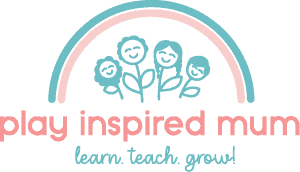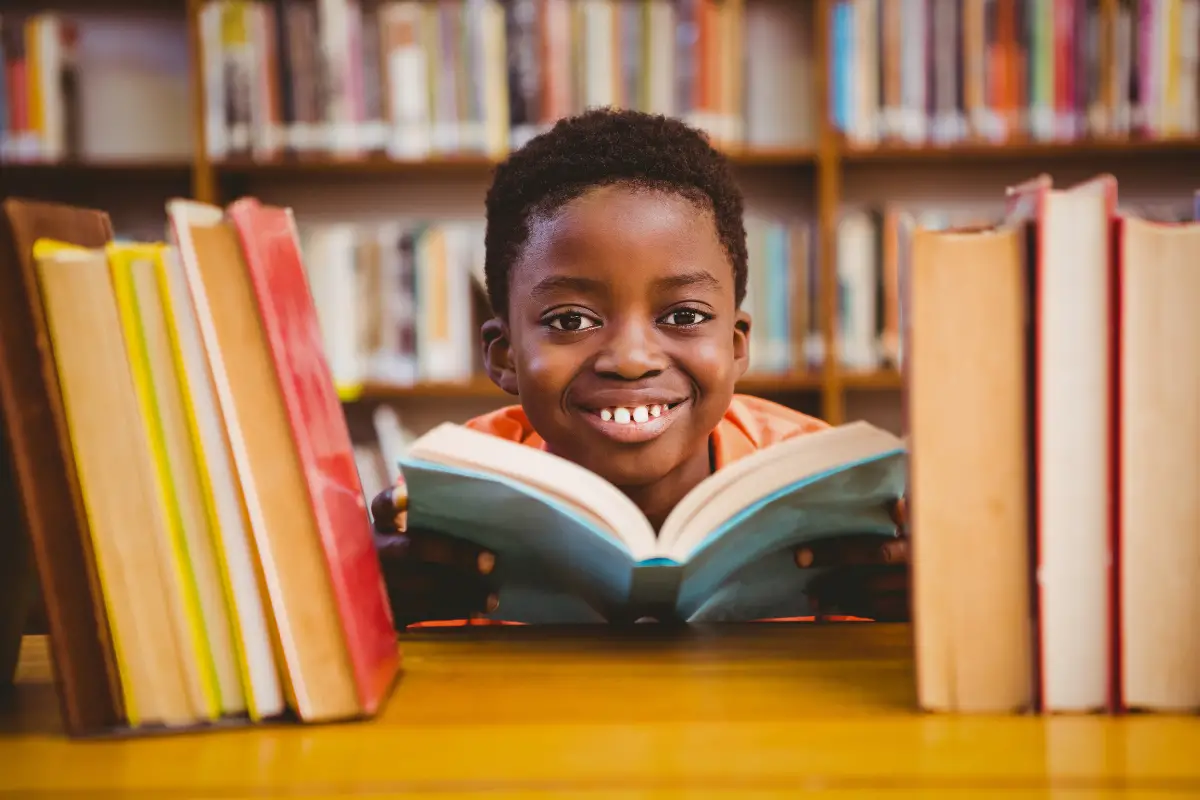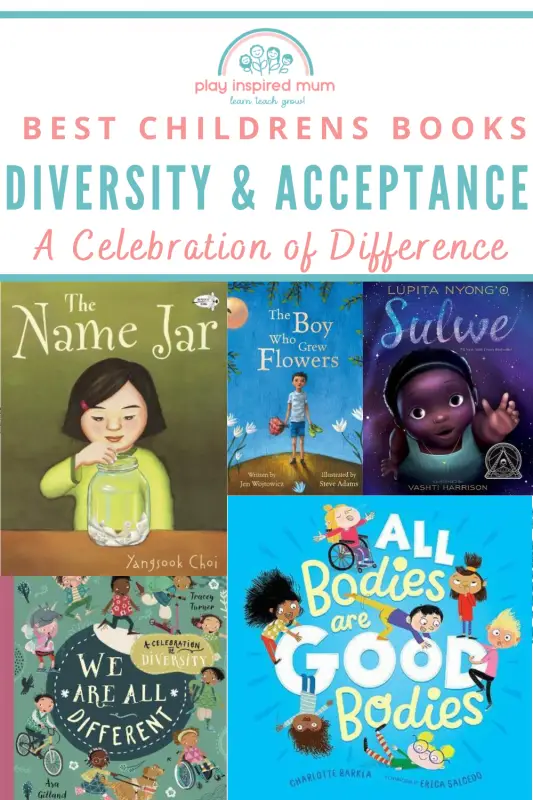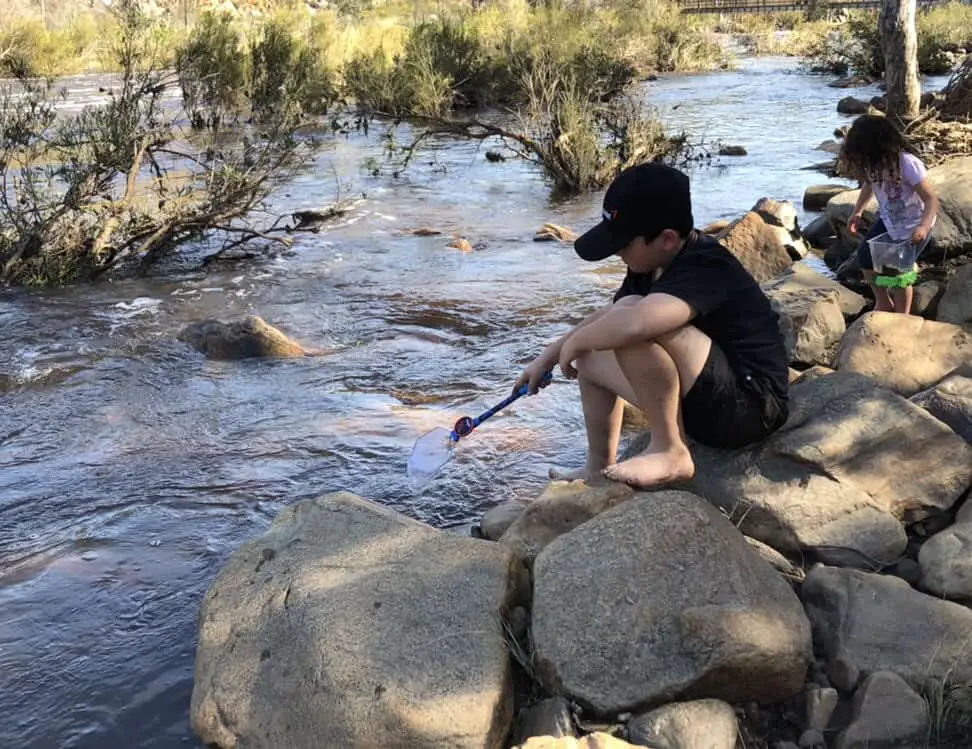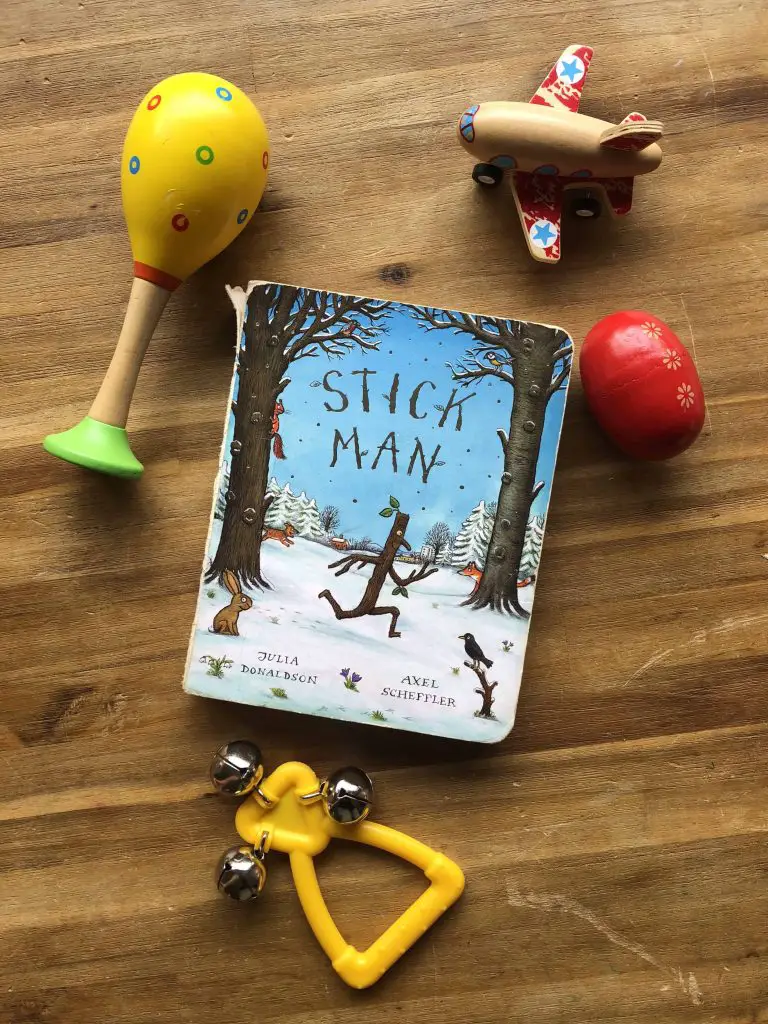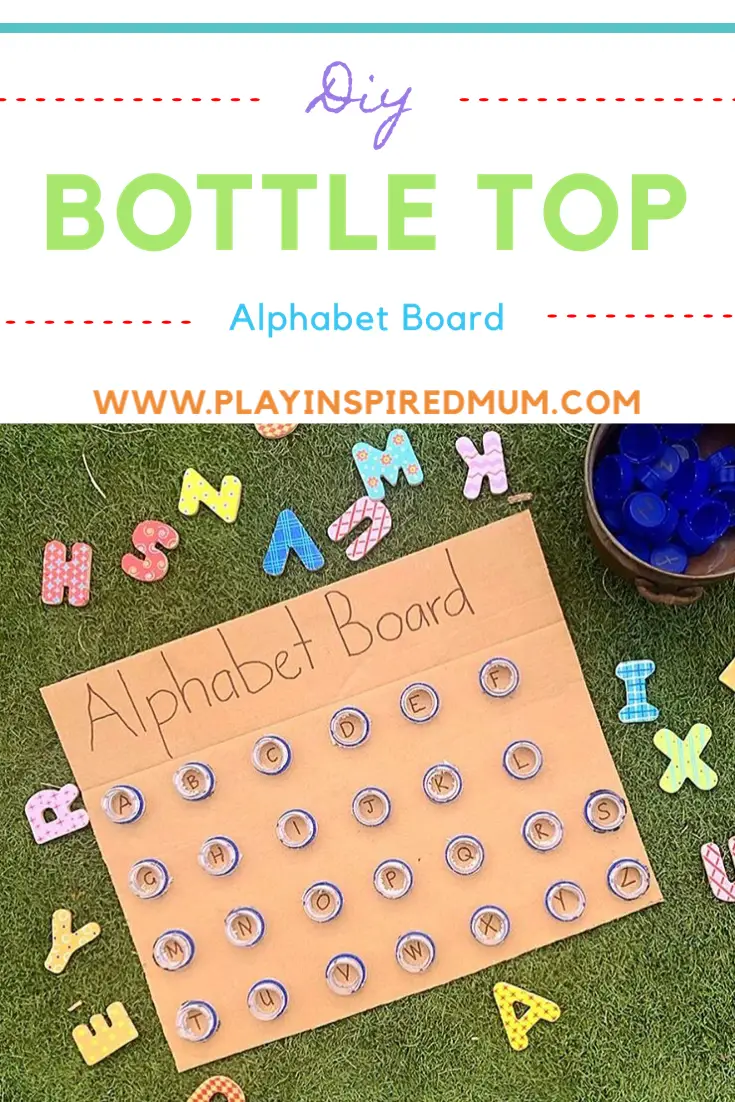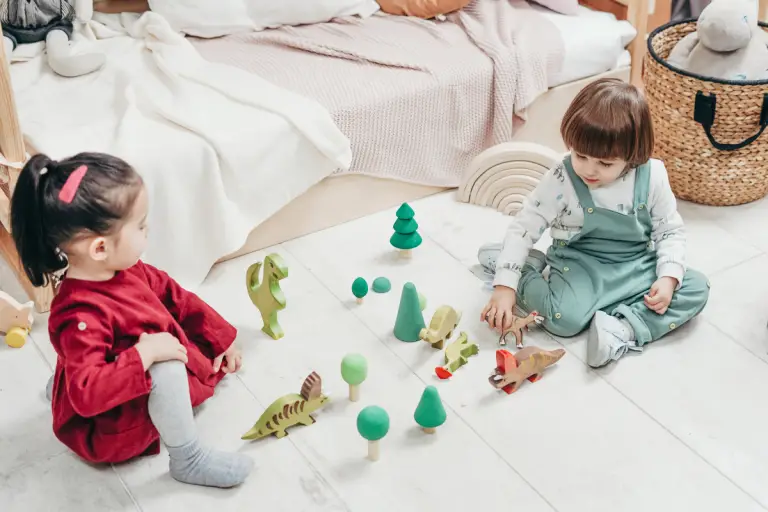How Children Learn to Read
Disclosure: This blog contains affiliate links which I may earn a small commission from if you purchase through them, at no extra cost to you.
How children learn to read may seem like an overwhelming process.
However, this empowering skill is a process that starts long before your child begins to talk and is really not that complicated.
Learning to read can be broken down into incremental steps.
So where should parents start?
Being a part of teaching your child to read is such a valuable and rewarding time for both parents and children.
Many parents think learning to read begins in preschool.
In fact, your child’s reading journey starts from the moment they are born.
From there, every word they hear is a step closer to becoming a successful reader.
Every book they read.
Every shopping list they watch their parents read.
Each encounter with spoken words and written text is one step closer to your child becoming a successful reader.
By creating a literacy-rich environment for your baby or toddler, parents are building a solid foundation for their children to become successful readers in years to come.
This is no exaggeration.
There is a direct link between the number of words a child hears and the language they are exposed to as a baby and toddler and a child’s capabilities to make meaning from written text as a 9 year old.
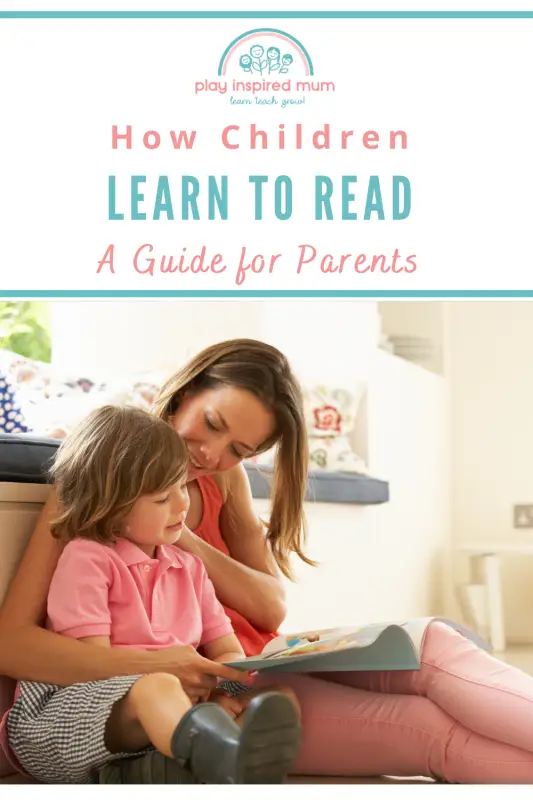
How Children Learn To Read
Learning to read is a skill that can be broken down into two basic processes.
- Being able to decipher written print
- Being able to understand what the print represents
There are multiple literacy development theories that can be put into action to teach children how to read.
Our children are beautifully diverse. Their interests, things they enjoy and how they learn.
One theory with an overwhelming amount of research singing its success in teaching children how to read across a range of abilities is called the Bottom- Up theory of literacy development.
A bottom-up approach to literacy instruction is based upon developing a foundational understanding of the simplest lower-order skills.
These skills then support passage to incremental steps to higher-order skills. Over time eventually leading to successful reading literacy.
We start small. Then nurture these small skills to grow.
In basic terms, these skills include the ability to:
- Isolate sounds
- Learn letter sounds
- Link letter sounds to written letters
- Learn blends to make words
The bottom-up theory is widely accepted as a way children learn to read across a huge range of diversities. It is a great place to start as a well-recognised way to teach children how to read.
How to teach children how to read
To help children to be successful in learning how to read, research signifies the development of a set of integrated sub-skills.
These include:
- phonemic awareness and phonological knowledge
- letter-symbol recognition
- whole word recognition
- ability to interpret meaning from written text
So what can you do to help your child learn to read?
Follow these incremental steps.
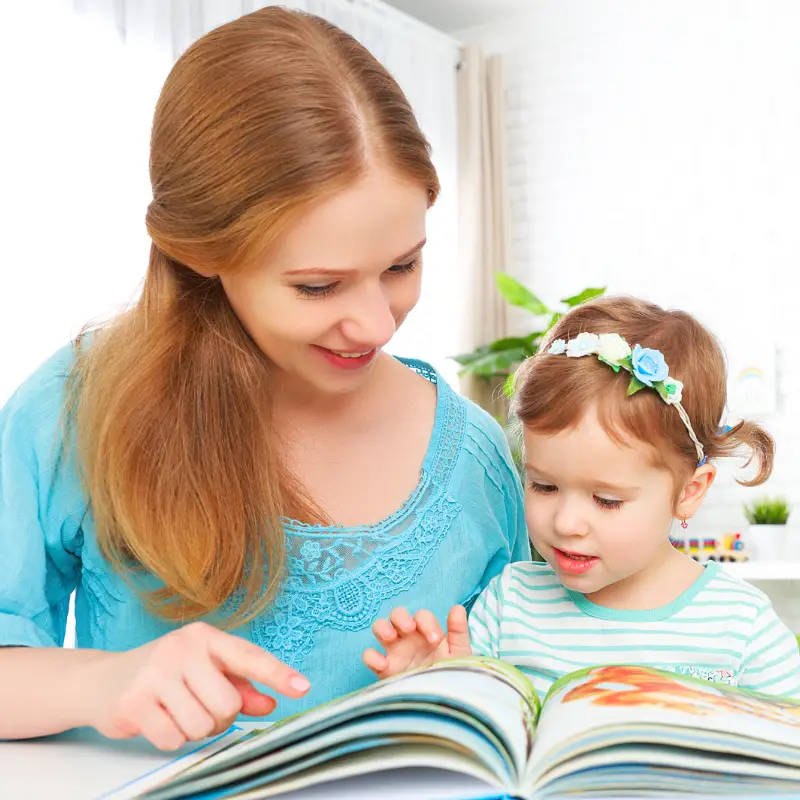
The Big Six of Literacy
If you have been researching how children learn to read, you would have stumbled across this phrase… a lot.
And for good reason.
The Big Six refers to six key components that contribute to how children learn to read.
- Oral Language
- Phonological Awareness
- Phonics
- Vocabulary
- Fluency
- Comprehension
How Children Learn to Read: Oral Language and Home Literacy
A child’s oral language and home literacy are basically the words your child understands and how language is valued in their home.
Oral language facilitates understanding of the multidimensional nature of our linguistic system including:
- Grammatical rules
- Complex sentence structure
- Social skills
- Rich vocabulary knowledge
Children surrounded by and included in rich and incrementally complex conversations have an immense advantage in learning how to read.
There is a direct correlation between a child’s vocabulary and IQ at age three and greater academic success for the child in Grades three and four.
This is a result of greater vocabulary development, an understanding of sentence structures of language, and a refined ability to tune into the sounds of English.
A classroom environment can provide opportunities for children to refine their use of language developed from their home literacy.
Children are very much monkey-see, monkey-do creatures.
If children see their parents model a love of literacy, or how reading is valued by their parents, they are more likely to value reading within their own lives.
If learning to read is relevant to a child, they are more likely to participate in activities that support the development of these skills.
When you pick up a book and read it to your child, you are bringing so much value to their lives.
Not only are you building beautiful memories of sharing a story. But you are exposing them to language that will foster their success as readers in years to come.
You are sharing with them how special it is to have the ability to be able to read. Which in turn fuels their desire to learn how to read.
So how does a parent develop a home literacy and oral language?
Read. Everything.
Talk. About everything.
Include your child in conversations.
Don’t be scared to use big words.
Let’s be honest.
If your kid can hear Tyrannosaurus Rex, they can hear ‘extraordinary’ words too.
The more language your children are exposed to, the richer their vocabularies are going to be.
Read:
- Books
- Street signs
- Recipes
- Shopping lists
- Magazines
- Activity instructions
- Labels
Identify the meaning of symbols such as:
- Traffic lights
- On/off
- Hot/cold
- Traffic signs
- Caution tape
- Car indicators, brake lights, reversing lights, etc
- Logos
- Arrows
Talk about:
- Events
- Colours
- Emotions
- Describe what and why you are doing things
- The way things feel
- The way things smell
- Think out loud
- Ask questions (remember who, what, when, where, who, and how as starting points)
- Things you see
- How things taste
- What you are doing to do next
- What you have already done
Bombard your children with language.
The more language they are exposed to, the deeper their understanding of words and what they represent will be.
Surround your children with a language-rich environment so it becomes something they truly value.
How Children Learn to Read: Phonological Awareness
Phonological awareness is a term used to describe the ability to detect, manipulate and analyse auditory aspects of spoken language.
It involves the skill to identify that language can be broken down into smaller segments:
- Sentences
- Words
- Syllables
- Phonemes
For example, a child hears “A cat sat on the fluffy mat” spoken as one trail of speech.
Through capable phonological awareness, they can break this down to:
- Words: A. Cat. Sat. On. The. Fluffy. Mat.
- Syllables: A. Cat. Sat. On. The. Flu(h). F(ee). Mat.
- Phonemes: A c/a/t s/a/t o/n th/e f/l/u/ff/y m/a/t.
In developing phonemic awareness children learn that changing a sound in a word can change its meaning.
For example, Cat.
- M-at
- P-at
- S-at
- V-at
Changing the first sound, the onset sound, changes the meaning of the word.
So how does a parent encourage phonological awareness?
Play sound discrimination activities that also promote:
- Auditory memory
- Auditory sequencing
- Build vocabulary and language comprehension
This can be done with the following:
- Isolating environmental sounds: bring attention to the sound of the rubbish truck coming around the corner or the sound of the microwave beeping.
- Instrumental sounds: identify the sound of different instruments in music or voices in a song
- Body percussion: clap the syllables in words
- Rhythm and rhyme: sing nursery rhymes and recite poems
- Alliteration: play games matching first sounds, eg. Barry Baboon Bounced Bananas
- Voice sounds: make animal sounds when playing with farm toys
- Oral blending and segmenting: having fun making up nonsense words
How Children Learn to Read: Phonics
The objective of teaching phonics is to connect phonemes with written letters.
That is looking at the letter A and knowing that letter represents an /a/ sound.
This results in the child transferring knowledge of sound to the printed word.
In time this will allow them to efficiently determine the sounds in unfamiliar words by decoding.
To learn phonics, a child needs to develop an understanding of:
- phonics
- diagraphs
- trigraphs
- quadgraphs
It is also useful for the child to understand that while the English language has rules around phonics, sometimes these rules do not apply.
For example, in Kite, the K makes a /k/ sound however in Knife the K is silent.
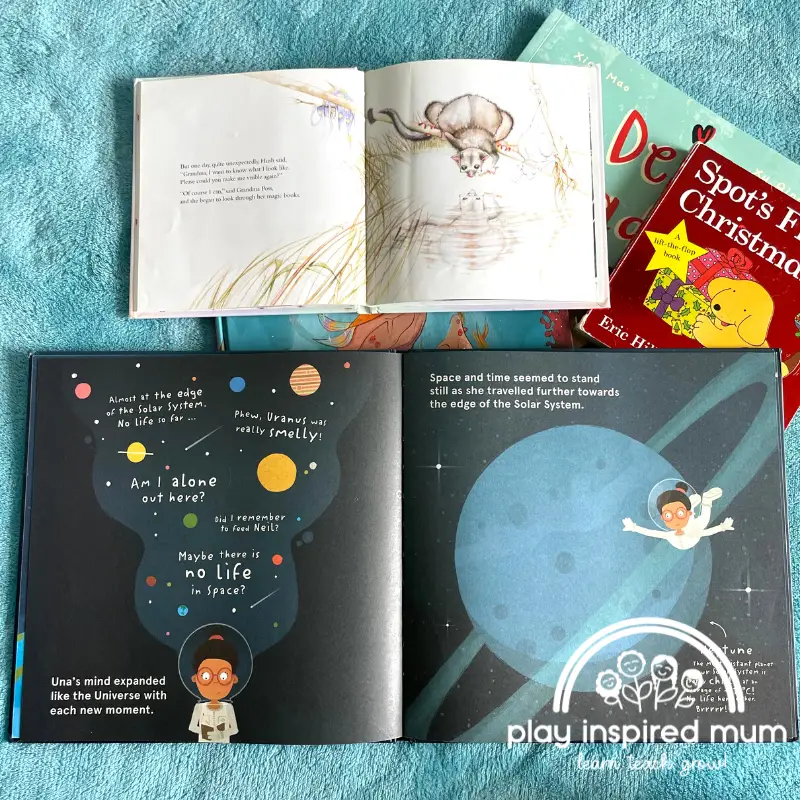
How Children Learn to Read: Vocabulary
Children’s vocabulary that is developed between the age of two and six years of age has a direct influence on their later reading ability.
There is a direct correspondence between a rich vocabulary during the toddler years, and success in the later primary years with
- listening comprehension
- word recognition
- reading comprehension
Receptive vocabulary (these are words children understand when they listen or read) and expressive vocabulary (these are words children can use when speaking) constantly change and grow.
Your child’s forever-changing vocabulary facilitates their ability to decode words.
The more words a child is familiar with, the easier it is for them to decode unknown words.
By recalling patterns from known words, children can use this knowledge to read new words.
Developing readers use their knowledge of words from speech to determine words they come across in written text.
They do this by connecting the pronunciation of the sequence of phonemes to a word within their vocabulary.
If the word makes sense within the context of the text they are reading, the child will keep reading.
However if a match is not found within their existing vocabulary, then comprehension is disrupted.
This is one reason developing a child’s vocabulary is so important.
How to develop vocabulary
The majority of a child’s vocabulary is developed incidentally through
- interaction with others
- participating in experiences
- playing
- reading
- listening
Home literacy and home experiences can give children a rich vocabulary.
That being said, a child’s home literacy can also result in them being disadvantaged.
This is due to variations in the quality and quantity of conversations they are exposed to and limited access to books.
Parents can foster a developing vocabulary by providing language-rich learning opportunities. This allows their children to expand their vocabulary through
- play
- art
- storytelling
- activity tables
- engaging in language-rich discussions
A child’s vocabulary can have a direct effect on their comprehension and fluency.
There is no need for fancy toys or high ticket priced items required to build your child’s vocabulary.
Just talk about everything.
Vocabulary Building Prompts
Turn everyday tasks into opportunities to build your child’s vocabulary.
Whether its watering the garden, fastening their buttons or preparing a snack. Use rich language to describe the event.
If you get stuck on how to do this, consider using questions based around:
- Who: Who else would enjoy the task, who is it going to help, who have you done this with before
- What: What you doing, what you have done already, what are you going to do next
- When: When did you do this last, when have you done a similar task, what happened when you did the task last time
- How: How did you get there, how did you learn about the task, how would you do things differently next time
- Why: Why are you doing the task, why you thought it would be a good idea, why are you doing the task one way instead of another
Then there is sensory elements including how things:
- Smell
- Feel
- Sound
- Taste
- Look
Add prepositional language to the placement of tools you are using:
- Above
- Underneath
- Inside
- Outside
- Left
- Close
- Far
Go to your public library and borrow some books.
Here in Australia we are so lucky to have a huge literacy support system to tap into. Even better is this incredible network is free.
There are literally thousands of books available to read to your children.
Follow your child’s interests. Ask the friendly librarians for help in finding titles to engage your child in reading.
Join Rhyme Time and Story Time programs. The facilitators of these sessions are trained to create an engaging, literacy enriched experience for your children. The sessions are themed, aged appropriate and are multimodal; reading, song, dancing and crafts.
How Children Learn to Read: Fluency
Fluency while reading aloud involves rapid and automatic word identification.
Being able to recognise words instantly allows the child to free up their mind so they may concentrate on comprehending the text or scanning ahead for punctuation.
By doing this, the child is able to create a more authentic reading experience of the text. More attention can be made to understanding the meaning of the text, rather than identifying the words.
To assist in developing fluency, building semantic knowledge, and familiarity with decoding and syntactic systems can help children read more articulately.
With the development of fluency, readers are equipped to refine:
- reading pace
- accuracy
- automaticity or word recognition
- smoothness
- appropriate phrasing
- expressiveness
With fluency comes a deeper understanding of the text. Attention can be placed on what the text stands for rather than connecting their knowledge of phonics to read the words.
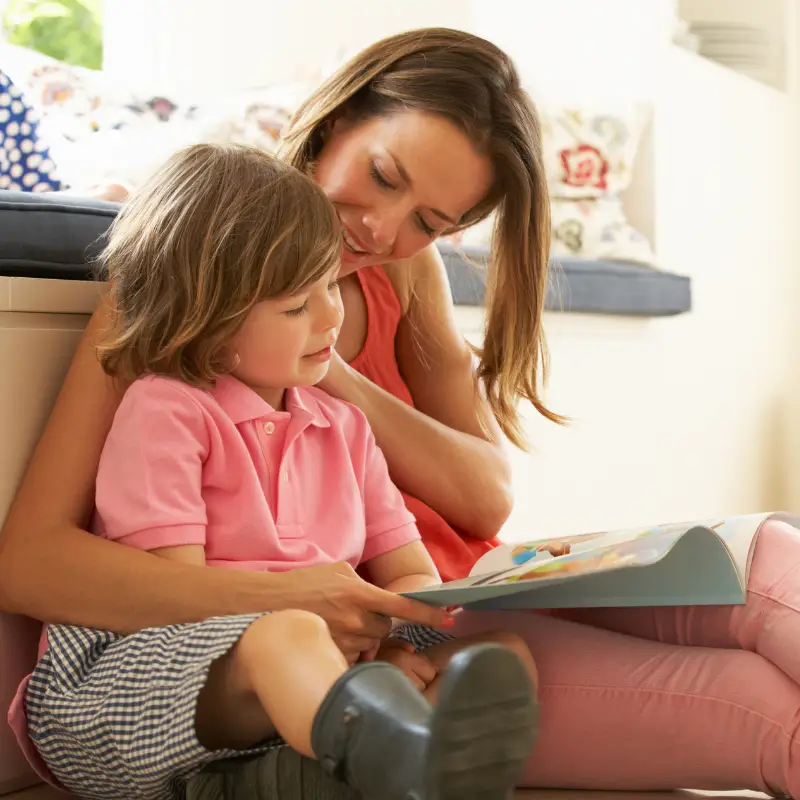
How Children Learn to Read: Comprehension
Comprehension refers to a child’s understanding and accurate interpretation of a written text.
Fluency also entails the reader having sufficient vocabulary and the ability to be able to decode what they have read and make connections between what they have read and knowledge they already know.
To support a child’s comprehension a range of strategies including
- summarising
- visualising
- connecting
- predicting
- questioning
- inferring
Each of these strategies presents an opportunity for the child to gain a richer experience of the text through literal, inferential, and evaluative questioning.
These strategies activate their imagination to constantly revise and refine their visualisation of the text, and connect the text with their own funds of knowledge and understanding of the world.
Bookish play is a fun way to extend books read using play. Bring characters to life with toys, set up scenes to act out the story, and use the book as inspiration for some craft or art. These hands on activities help a child connect to the meaning of the text and deepen their understanding.
Long story short.
Surround your child with books, reading and spoken language. Find books that are enjoyable for you and your child to read together. New titles or classics from your own childhood and them some from in between.
Demonstrate the relevance reading and decoding symbols has in their lives. Let your children see you follow a recipe while making dinner, instructions while putting their bike together or researching the answer to their question about why butterflies don’t fly in a straight line.
Showing them the value reading has for you is a great start.
Monkey see, monkey do.
